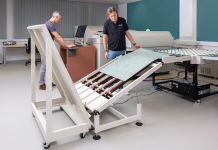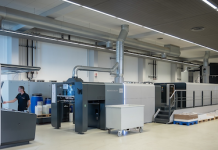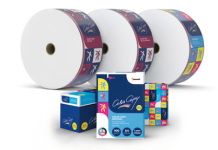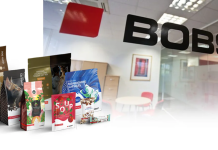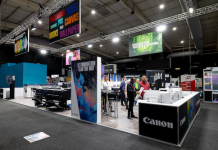The PANTORA desktop application simplifies the management of a large volume of complex colour and appearance data. It acts as the epicentre for appearance workflows connecting digital material capture sources with output destinations.
Developed for the management of colour and appearance data in digital design and production workflows, PANTORA now connects with the Ci7000 Series, MA-T12 and MetaVue VS3200 spectrophotometers, enabling brands and suppliers to quickly capture or import spectral and appearance data into the application and create virtual material samples for paints, plastics, metals, fabrics and meshes. Using PANTORA, customers can store, edit and share digital material files using Appearance Exchange Format (AxF™) files across product lifecycle management (PLM), CAD, and 3D rendering software.
‘The latest release of PANTORA makes digital material scanning accessible to a broader audience by allowing brands and suppliers to leverage their existing colour data and measurement devices,’ said Matthew Adby, Appearance Product Portfolio Manager, X-Rite. ‘The ability to easily and affordably transform a physical material into a digital sample minimises the need to ship samples around the globe between design teams, suppliers and partners. This allows companies to innovate and accelerate the design to manufacturing process.’
Virtual material libraries for plastics, textiles, and paints
Users can now import a measured material sample or connect to an X-Rite spectrophotometer to measure a physical sample directly into PANTORA. For paint and coatings samples, the MA-T12 multi-angle spectrophotometer can measure and virtualise flake texture and colour flop. The Ci7000 series of benchtop sphere spectrophotometers capture transmission of colour on translucent materials and reflection colour common in plastics. For multi-spectral texture measurements, the MetaVue VS3200 non-contact imaging spectrophotometer captures the texture of leather, laminate and textile samples.
The PANTORA Material Browser locates, acquires and imports the digital material data as an AxF file that accounts for appearance attributes such as colour, gloss and texture. With the Material Viewer, companies can render the material in a virtual scene to see the effect of lighting, gloss levels and special effect pigments. The PANTORA Variant Editor enables suppliers to create large digital material libraries by combining sample attributes.
‘Using digital material virtualisation, remote teams can continue to design and source materials using a 3D workflow while having confidence that material colour and appearance will be accurate in production,’ continued Adby.
DIGITALVIEW
+27 11 462 4849
mark@digitalview.co.za
http://www.digitalview.co.za





